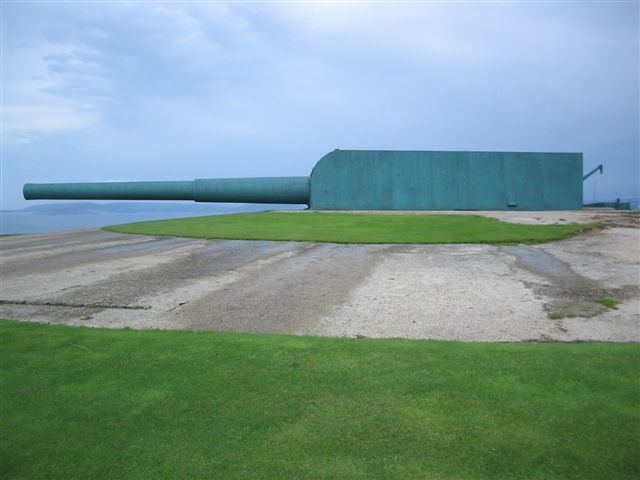 | ||
The participation of Galicia Spain in World War II was marked by its location in front of behind the back of the Atlantic. The World War II was a conflict armed to global level that lasted since 1939 at 1945. In spite of the Spanish neutrality, the war also affected the country due to his strategic location. The tungsten excractes of mines as the Mines of San Fins was used for the nazi bellicose industry. The extraction and transport of the mineral carried out it lid companies, as the Finance and Industrial Corporation (Galician: Sociedade Financeira e Industrial).
Contents
Hundreds of Galicians traveled to fight with the Germans in the Eastern Front, in the Blue Division, on another side, former republican combatants fought with the allies, many of them being confined in fields of concentration.
Tungsten
The raw materials had a basic paper in the Second World War, especially those used in the bellicose industry, one of them was the tungsten, which was used to armor armament. Before the war, the main producers were China (36%), Burma (17%) and United States of America (11%). Because of that, in the event of war Germany difficult access to these countries, for which it decided to look for it in Europe, would have Spain and Portugal where the only producers were. Galicia had almost 70% of the Spanish mineral, for which it converted in the main center of extraction.
Lorenz beam
In 1939, Spain handed some lands over to Germany in Arneiro in the municipality of Cospeito, where the Germanics built an aerial of a hundred and twelve meters of one high, that canalized the communications of the Fleet and of the nazi Aviation, with a radius of a thousand miles. The station, besides for the main aerial, was formed by two repeating lower and auxiliary buildings. It formed part of the German net, together with the one lifted in Seville and different another distributed on the part of Europe, which did a total of nineteen. Due to the importance of the aerial, the allies got to plan a mission for his sabotage. Then, it did finally not get to be carried out, since Spain itself talked about a theoretically neutral country and, besides, the English and Americans ended up using also the signal of the tower.
